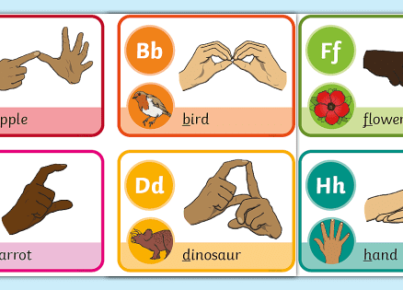Teaching a world language is not only about grammar and vocabulary; it’s about instilling a love for the language and its culture, as well as helping students develop authentic communication skills. Here are some of the best language learning tips for teachers to ensure their students gain the most from their language studies.
1. Set clear and attainable goals
One of the first things to do as a world language teacher is to set clear and attainable goals for your students. This will help both you and your students stay focused on what’s important. Break down these goals into smaller, more manageable tasks, so students feel motivated to accomplish them.
2. Foster cultural awareness
Language learning goes beyond just words and phrases—it’s about understanding the culture tied to the language. Incorporate multimedia materials like videos, music, podcasts, and articles from native speakers to give students a realistic perspective of the language’s culture.
3. Create an immersive environment
Encourage your students to immerse themselves in the target language by utilizing real-world resources such as networking with native speakers, attending cultural events, or joining a language-learning club. In the classroom, try to minimize the use of students’ native languages and create opportunities for them to practice speaking the target language through role-plays, interviews, or group discussions.
4. Encourage active participation
Active participation is crucial for successful world language learning. Provide opportunities for your students to use their listening, speaking, reading, and writing skills regularly in class. Activities like debates, storytelling sessions, or even starting a class blog can boost student participation.
5. Offer positive reinforcement
Verbal praise and constructive feedback reinforce positive behavior in students and help build their confidence in speaking a foreign language. Celebrate their successes and treat mistakes as learning opportunities rather than failures.
6. Utilize technology
Take advantage of modern technology like smartphone apps, websites, e-books, and virtual tutoring services to provide students with varied and engaging learning experiences. These resources supplement traditional in-class teaching, allowing students to further their language studies outside of the classroom.
7. Adapt to different learning styles
Every student learns differently, and this is especially true when it comes to language learning. Some may be more visually oriented, while others excel at auditory or kinesthetic methods. As a teacher, it’s vital to adjust your teaching style to accommodate these differences and cater to individual needs.
8. Make learning fun
Incorporate games, quizzes, songs, and creative projects into your lessons to keep students engaged and enthusiastic about the world language. Students are more likely to retain information when they enjoy the learning process.
9. Test regularly but fairly
Regular assessments can help you gauge student progress and identify any areas where they struggle. Make sure assessments are varied—don’t limit them to just written tests. Have students do oral presentations or create multimedia projects as part of their evaluations.
10. Offer support and resources
Lastly, always be available to offer support and guidance in the journey of language learning. Provide a list of resources like language apps, websites, or books that students can use for extra practice or enrichment outside the classroom.
In conclusion, by setting clear goals, promoting cultural awareness, creating immersive experiences, and applying diverse teaching strategies, you can empower your students to excel in world language learning. Always remember that as a teacher, your enthusiasm for the subject is one of the most important factors in fostering a love for languages in your students.



